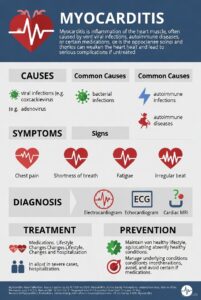-
-
-
-
- School-Age Child: Developing Industry and Concrete Thought
- Increased Language Skills; Interest in Acquiring Knowledge
- Explain procedure using correct scientific and medical terminology.
- Explain procedure using simple diagrams and photographs.
- Discuss why procedure is necessary; concepts of illness and bodily functions are often vague.
- Explain function and operation of equipment in concrete terms.
- Allow child to manipulate equipment; use doll or another person as model to practice using equipment whenever possible (doll play may be considered childish by older school-age child).
- Allow time before and after procedure for questions and discussion.
- Improved Concept of Time
- Plan for longer teaching sessions (≈20 minutes).
- Prepare up to 1 day in advance of procedure to allow for processing of information.
- Increased Self-Control
- Gain child’s cooperation.
- Tell child what is expected.
- Suggest several ways of maintaining control the child may select from (e.g., deep breathing, relaxation, counting).
- Striving for Industry
- Allow responsibility for simple tasks (e.g., collecting specimens).
- Include child in decision making (e.g., time of day to perform procedure, preferred site).
- Encourage active participation (e.g., removing dressings, handling equipment, opening packages).
- Developing Relationships With Peers
- Prepare two or more children for same procedure or encourage one to help prepare another.
- Provide privacy from peers during procedure to maintain self-esteem.
- Increased Language Skills; Interest in Acquiring Knowledge
- School-Age Child: Developing Industry and Concrete Thought
-
-
-

Reduce Your Risk from Respiratory Viruses This Holiday Season
November 20, 2024, 12:30 PM EST For Everyone NOV. 20, 2024 WHAT TO KNOW Flu, COVID-19, and RSV illnesses are at low levels right now



